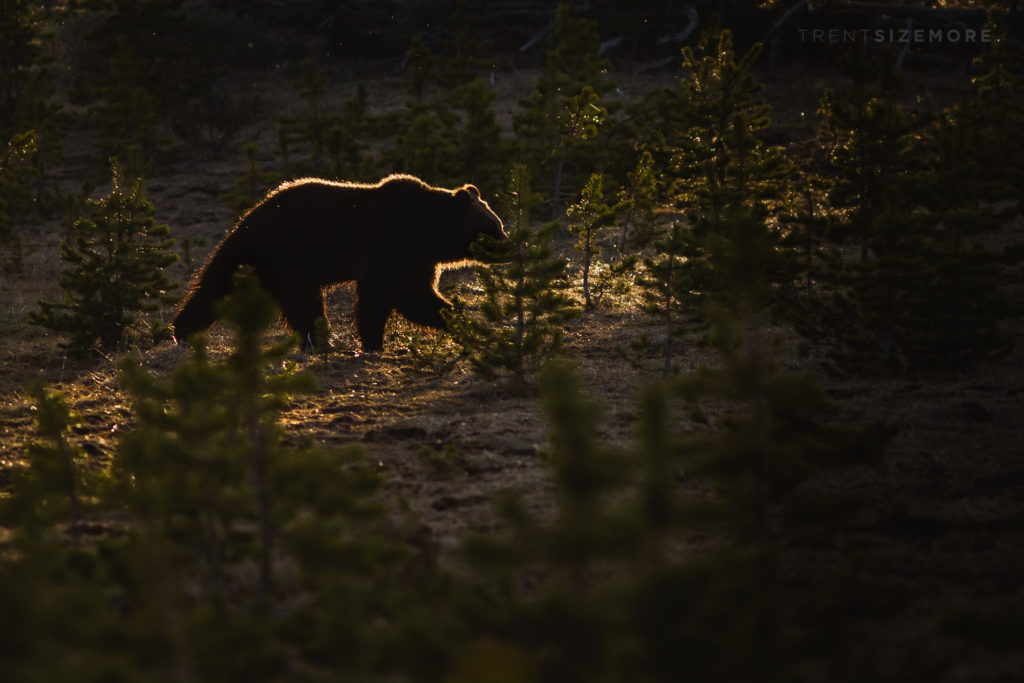
by Trent Sizemore | Apr 3, 2018 | Technique
LIGHT DIRECTION A backlit scene is one where the light source is behind your subject, illuminating the side facing away from you. The alternative is frontlit, where the light source is behind you and illuminating the side of your subject you see. Side lighting is...

by Trent Sizemore | Mar 10, 2018 | Blog, Technique
When looking at wildlife photography, you can separate images into a few different categories based on their purpose. Even though each higher level somewhat implicates a “better” photo and builds upon the previous one, there is a necessity for each one....
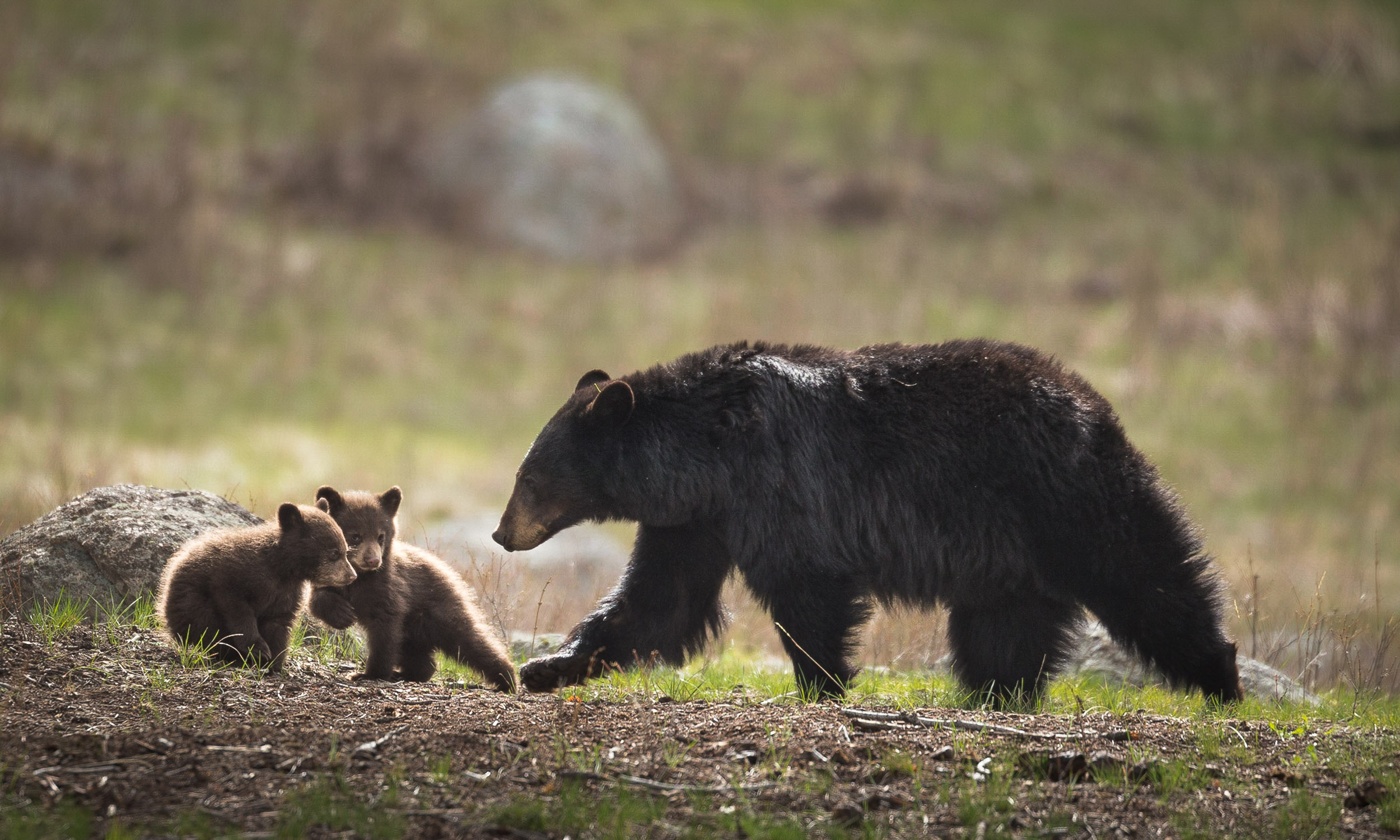
by Trent Sizemore | Mar 6, 2018 | Blog, Gear, Workshops
Whether you’re planning a spring photography trip to Yellowstone on your own or with one of my workshops, there’s a good bit of preparation to do beforehand. This post covers a lot of what you need to have and know for the best possible experience. I would...
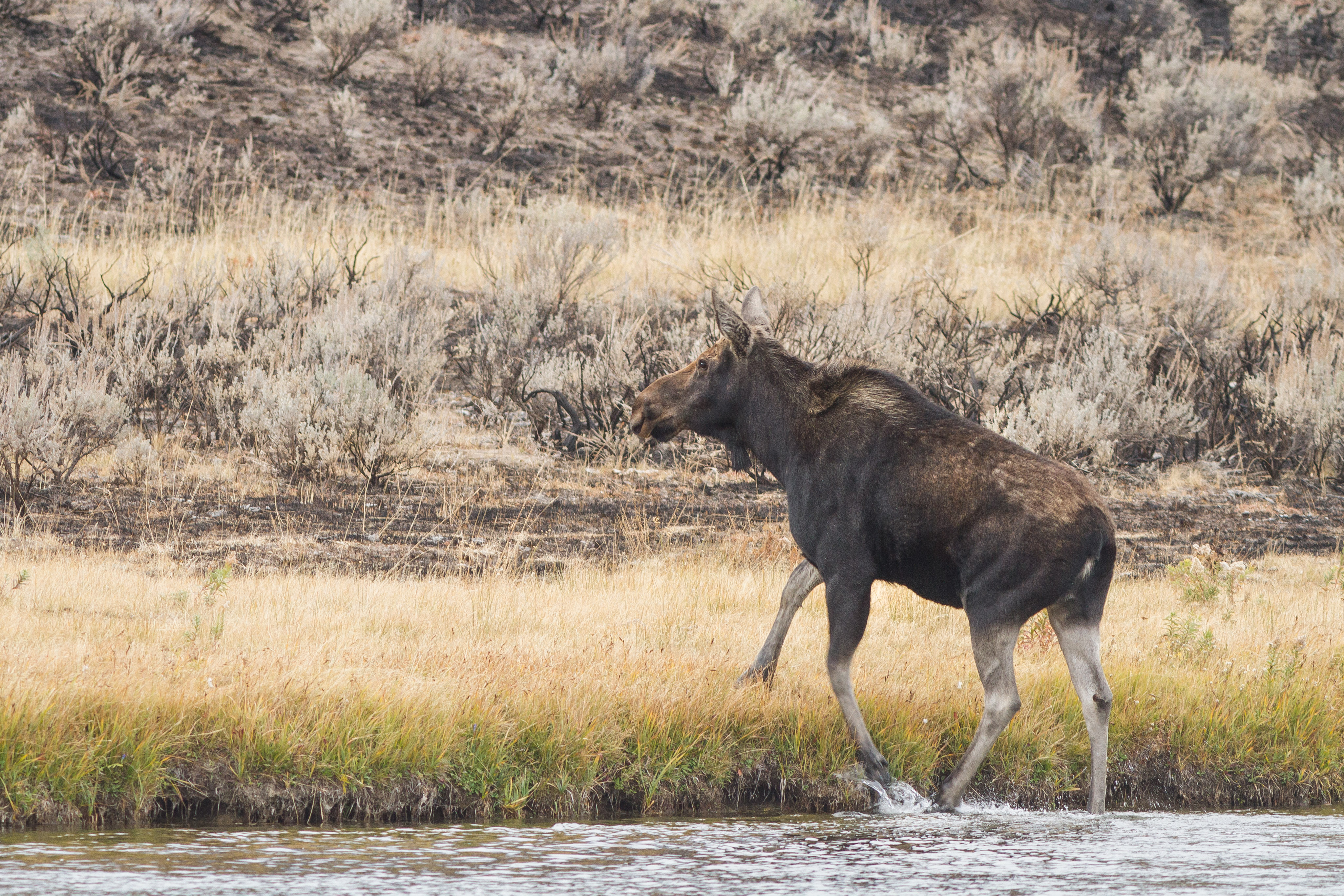
by Trent Sizemore | Jan 9, 2018 | Gear, Technique
Keeping multiple copies of your photos is crucial to ensuring you don’t lose anything in the inevitable event that a hard drive fails or your computer is lost. Having quality brands is also important, as being cheap here increases the likelihood that a drive or...

by Trent Sizemore | Dec 20, 2017 | Blog, Technique
I wouldn’t be able to tell you the number of times that patience has paid off in my wildlife photography. I also couldn’t tell you the number of times I’ve seen wildlife interrupted by impatient photographers willing to do anything to get the shot....

by Trent Sizemore | Dec 17, 2017 | Blog, Technique
Your camera is simply a tool you use to create the photograph you have in your mind. Like any tool, you will get the best results out of it when you know how to use it like an extension of your hand. Knowing your camera also helps you to not be afraid of it, and...

by Trent Sizemore | Dec 14, 2017 | Blog, Technique
One of the biggest reasons I hear for why photographers avoid processing their images is that it takes too much time. If you’re spending more than a few minutes to process a single image, you’re probably overdoing it. The tips below will help you cut down...

by Trent Sizemore | Dec 11, 2017 | Blog, Technique
Contrast is one of the eight principles of design – a set of tools you can use to create an intentional piece of art. (The others include pattern, emphasis, proportion, rhythm, harmony, and balance.) You may find evidence of all the principles in your photos,...
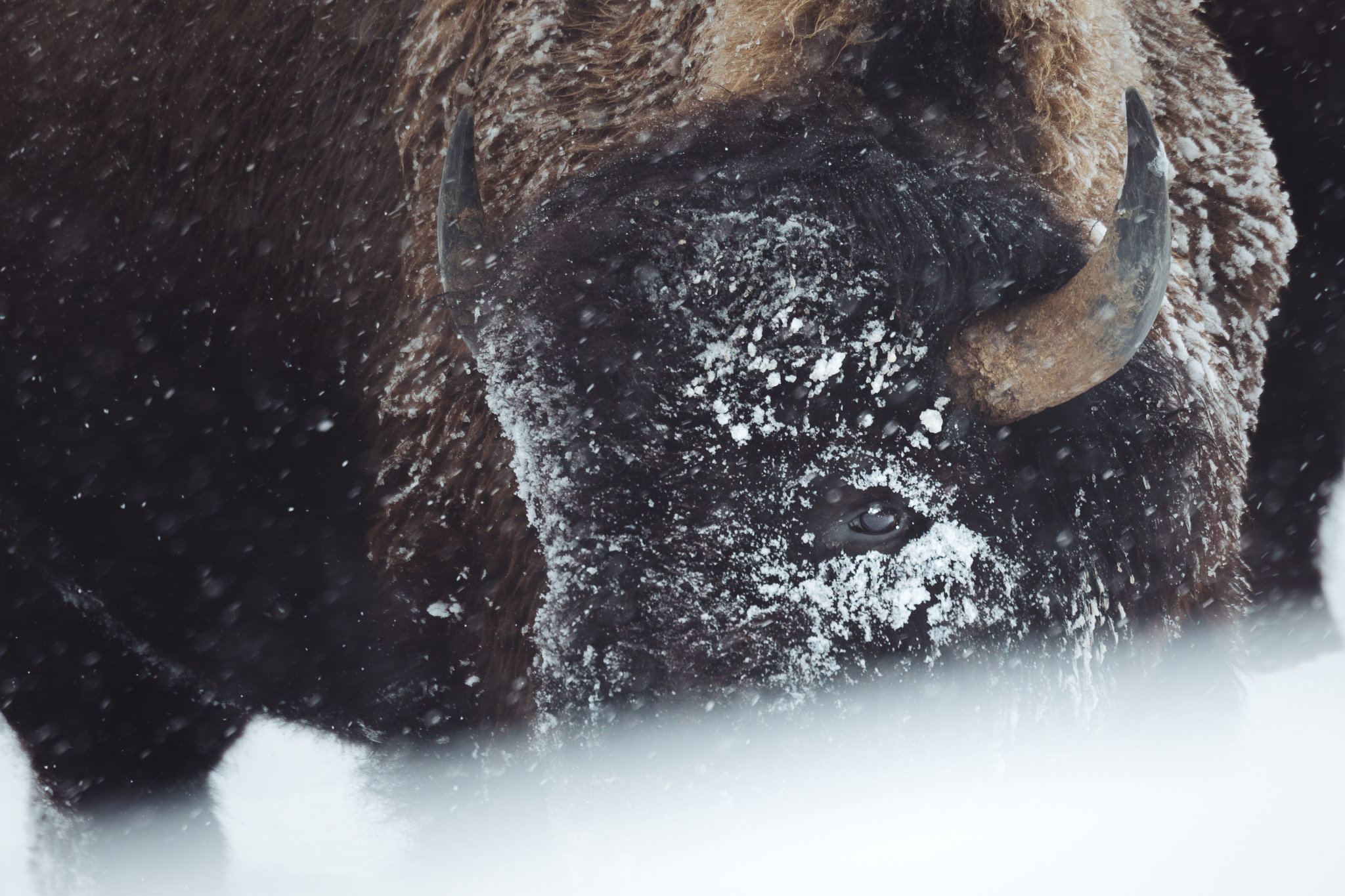
by Trent Sizemore | Dec 10, 2017 | Blog, Workshops
TRAVEL IN WINTER After Yellowstone closes for the season in November, preparations begin for the opening of over snow travel on the interior roads in December. Yellowstone’s winter travel season lasts for about three months, and the only way to access the...

by Trent Sizemore | Dec 7, 2017 | Blog, Technique
Imagine you’re photographing a bear alongside a dozen other photographers. Everyone is getting essentially the exact same photo, so how is yours going to stand out? Composition. Not to say that most photographers aren’t taking composition into...

by Trent Sizemore | Dec 1, 2017 | Blog, Technique
Exposing to the right has two big benefits: Reducing noise Maximizing dynamic range “The right” refers to exposing your image brighter so it gets pushed to the right side of the histogram. If you aren’t sure how to read a histogram, it’s...
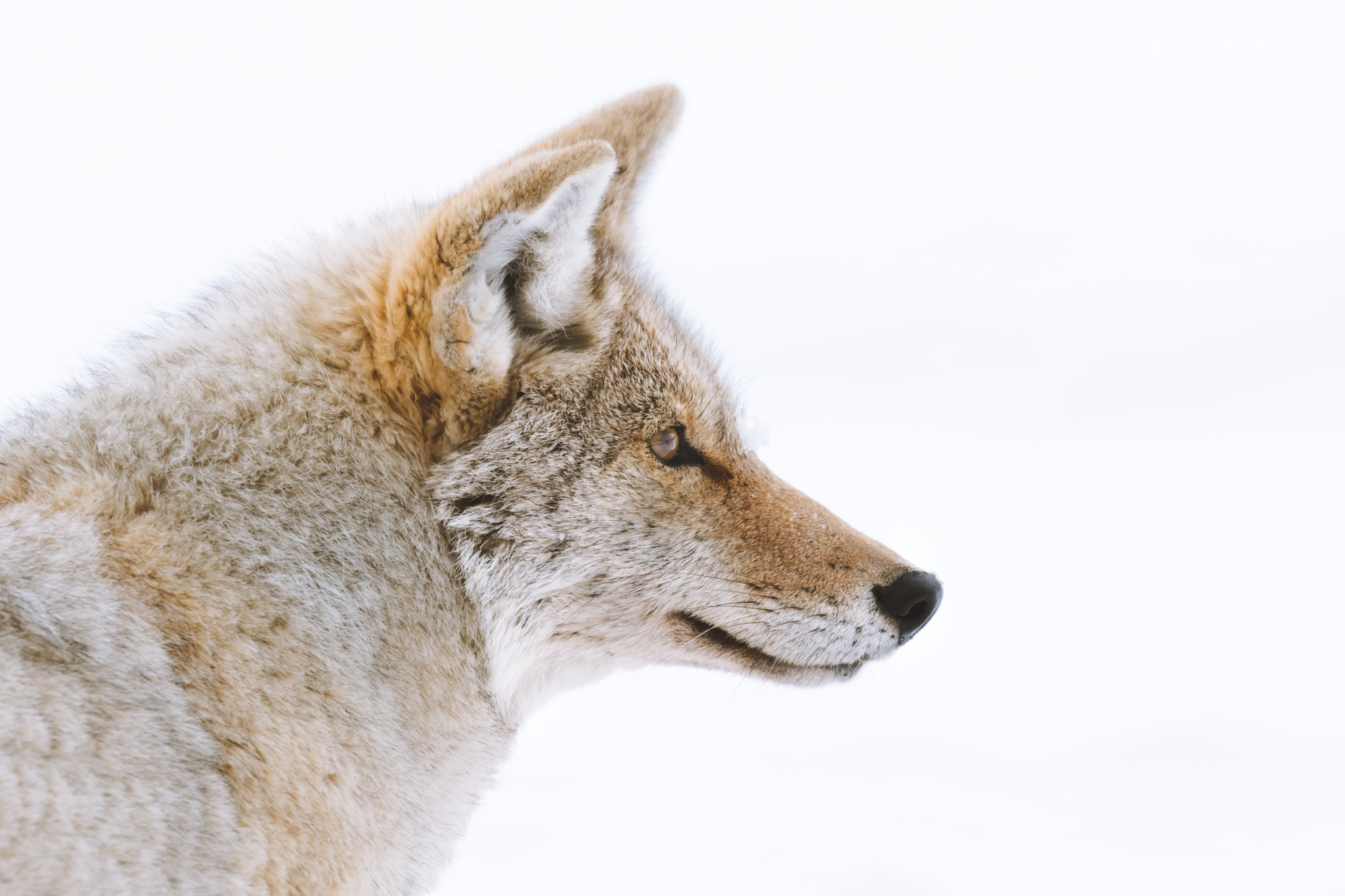
by Trent Sizemore | Nov 30, 2017 | Blog, Gear, Technique
Okay, there’s no “secret” to getting a sharp photo… In fact there are only two major reasons your photos may not be as sharp as you’d like (plus a few minor reasons). 1. SHUTTER SPEED For every subject, there’s a minimum shutter...














